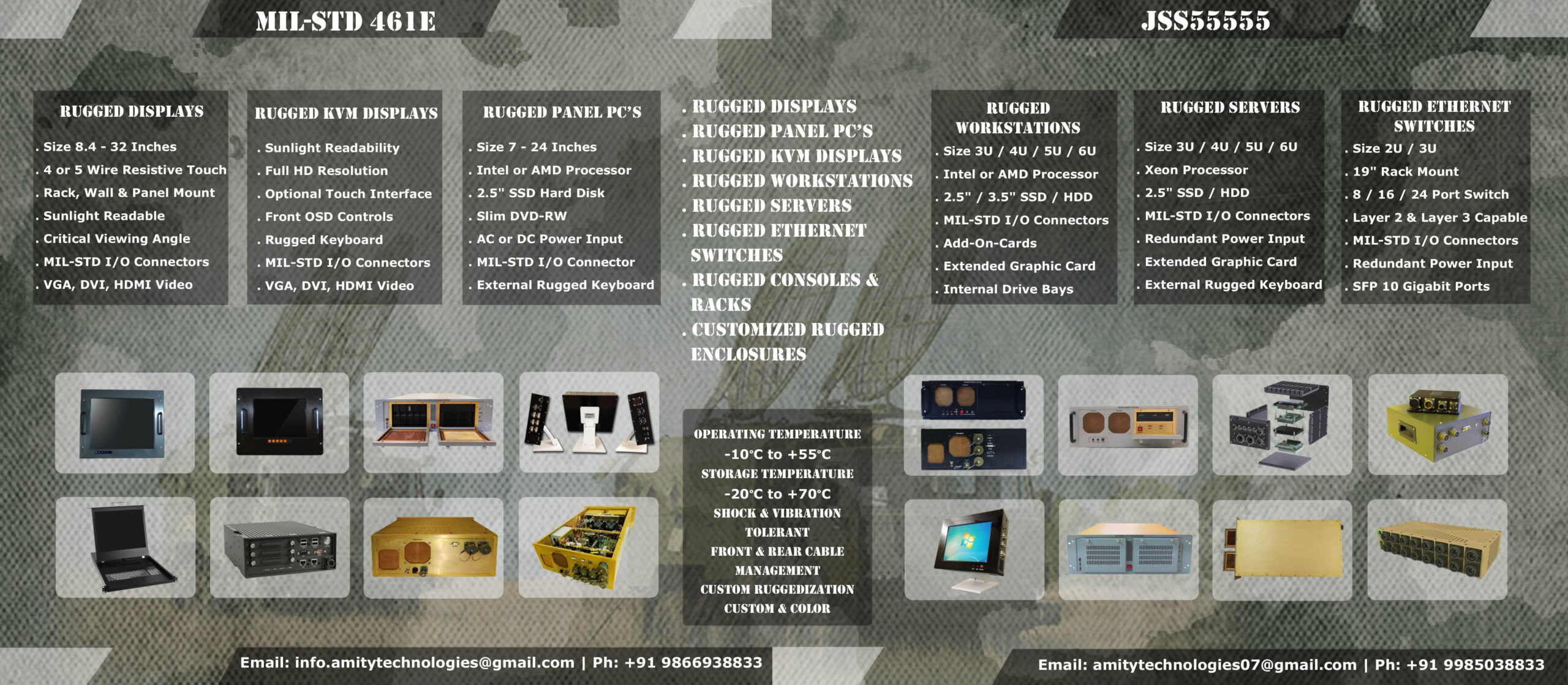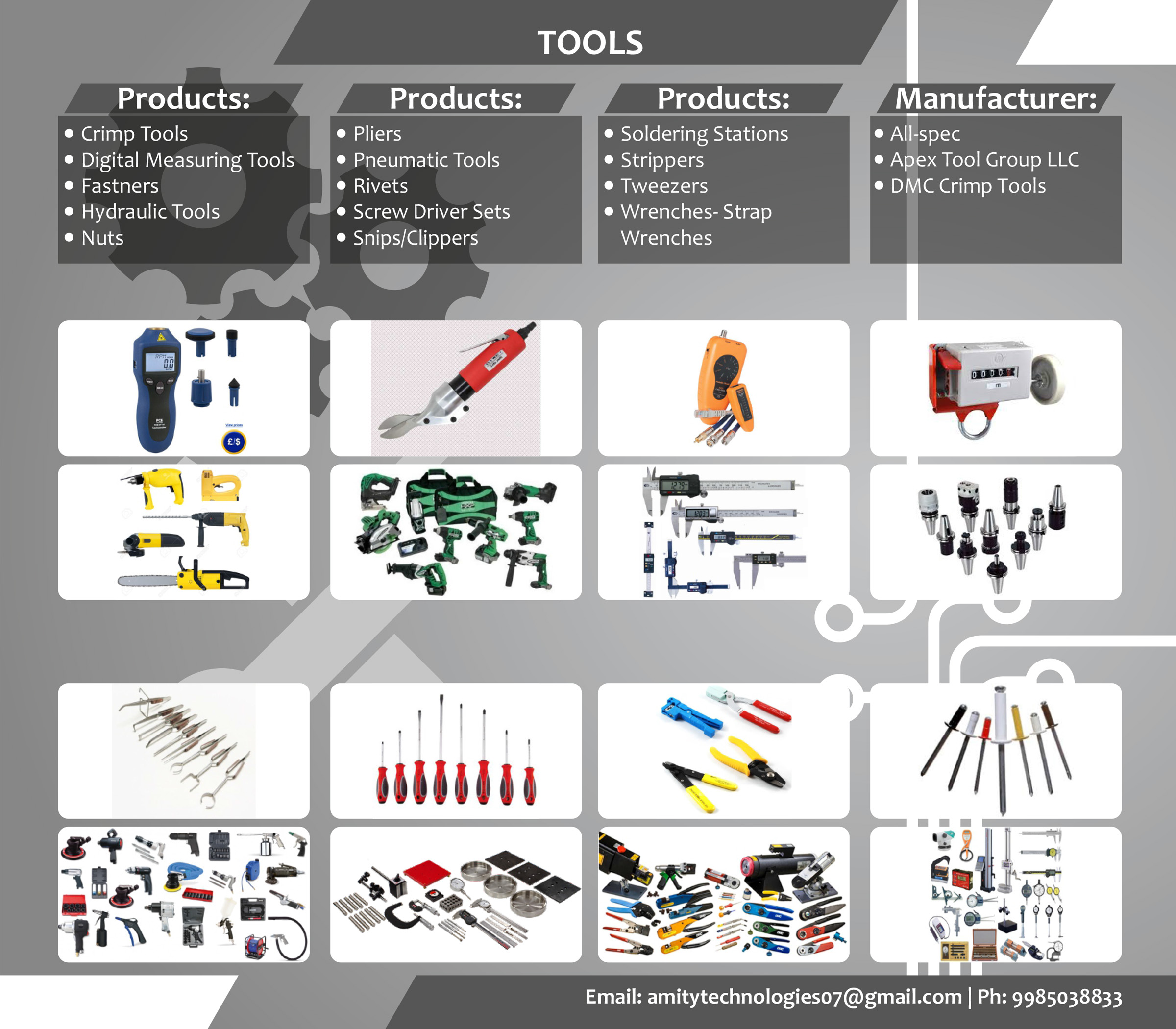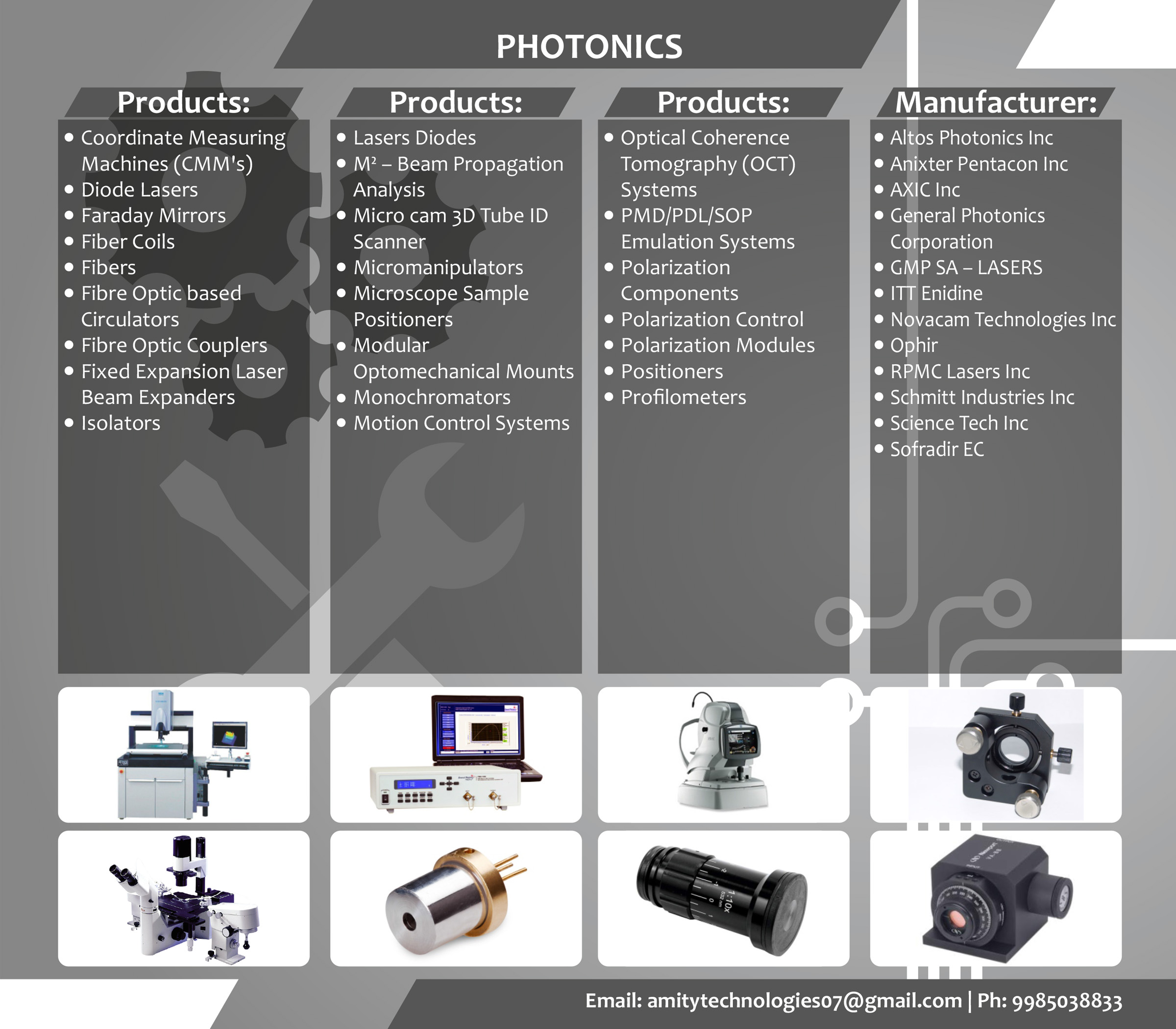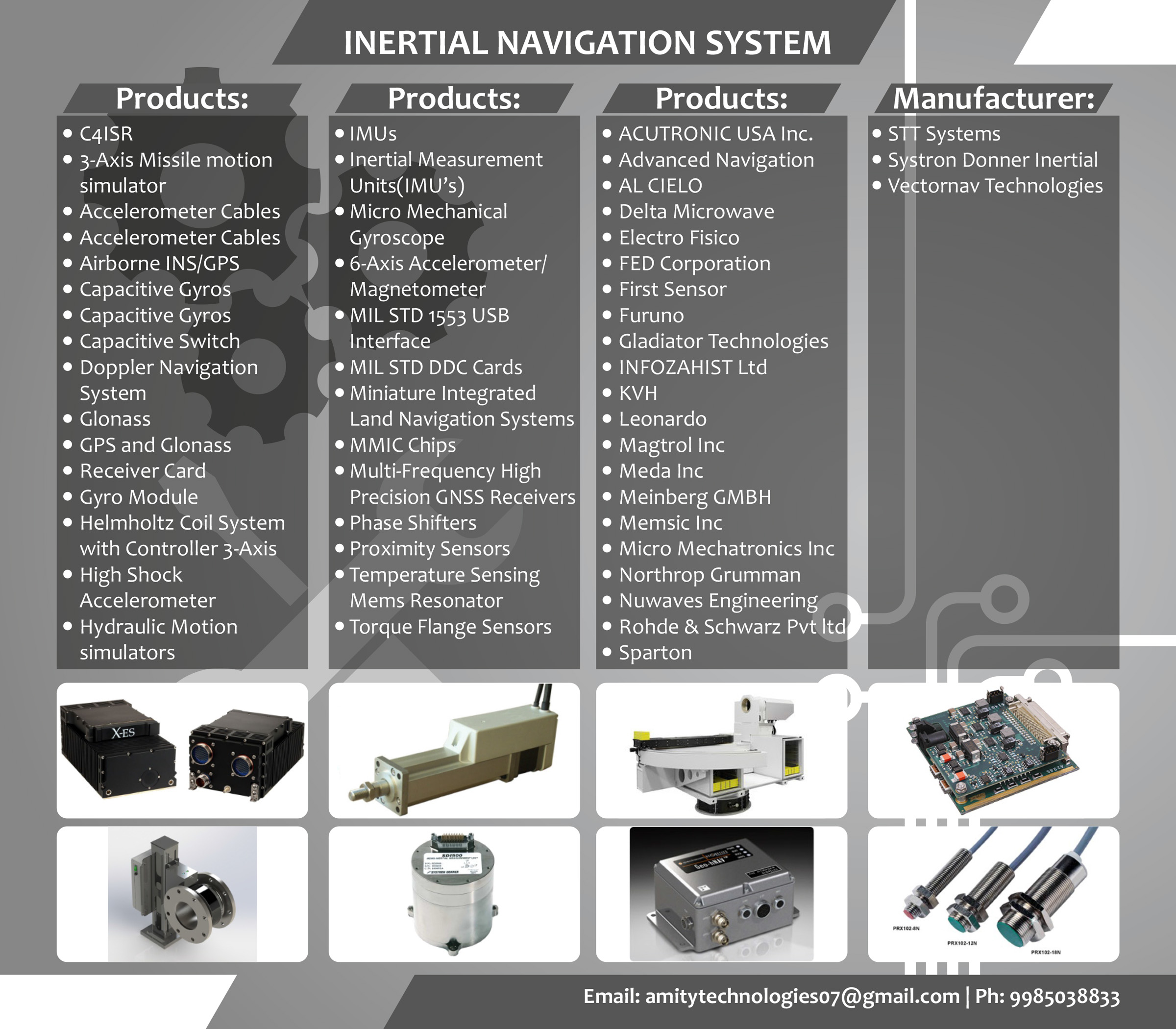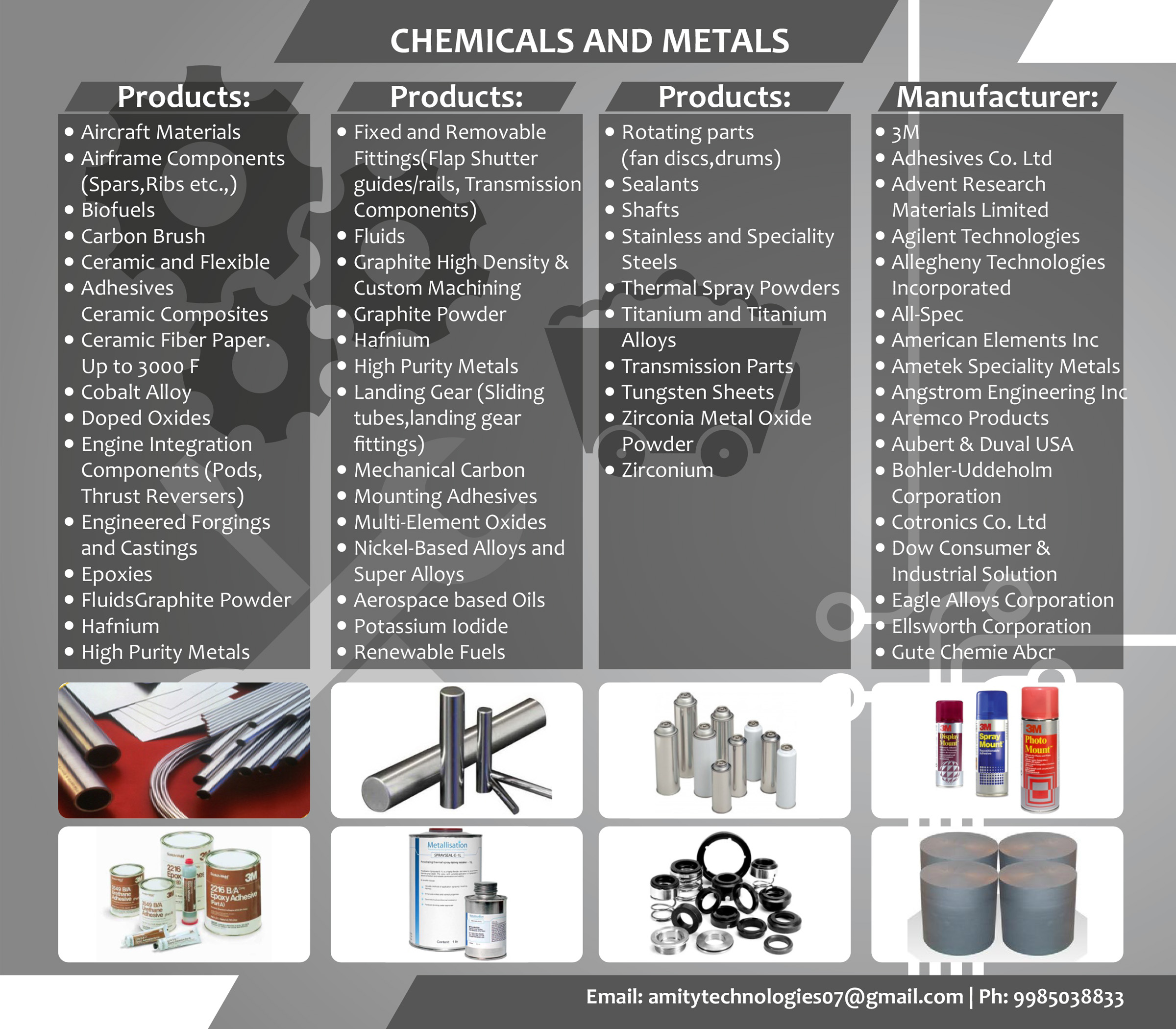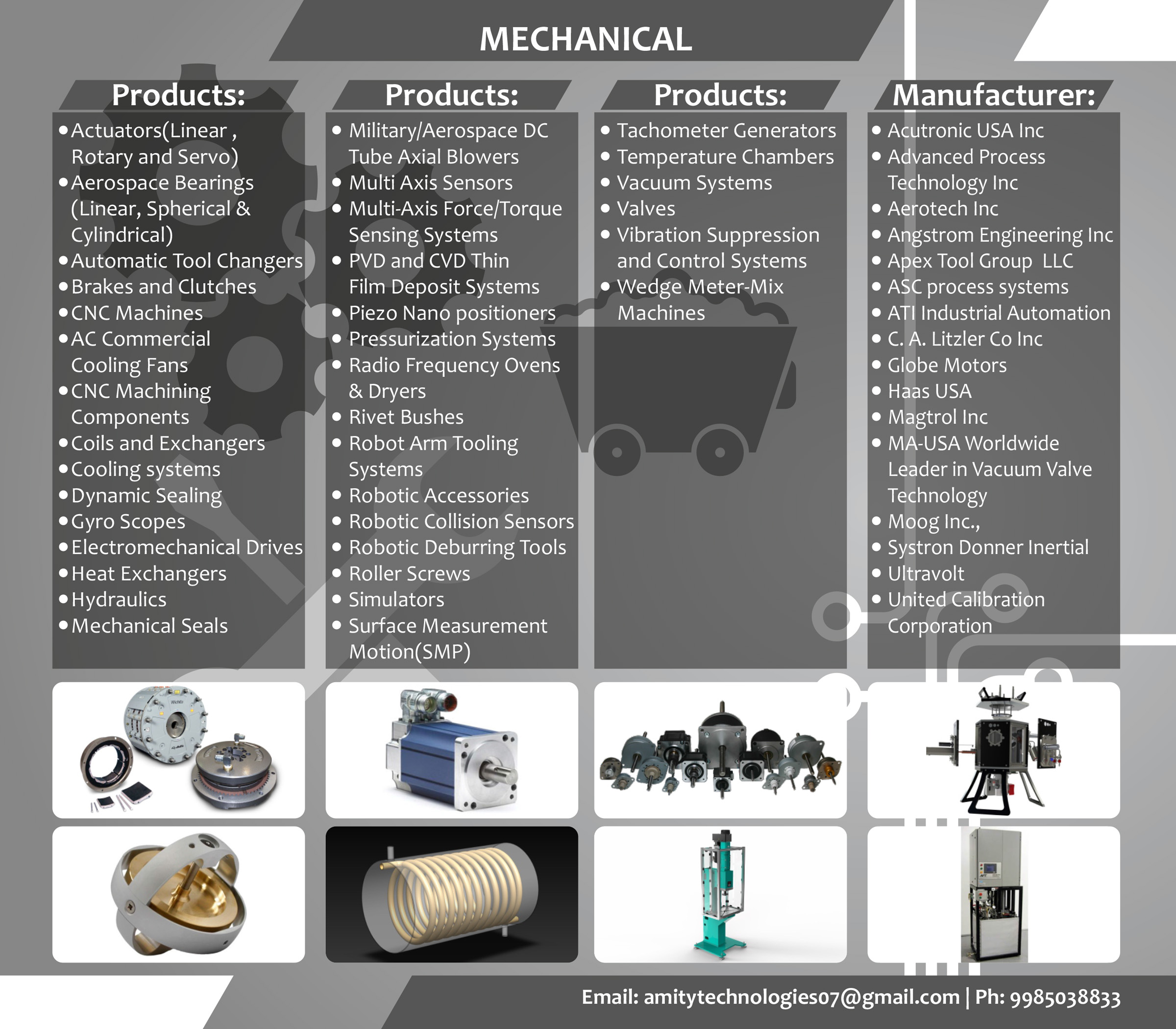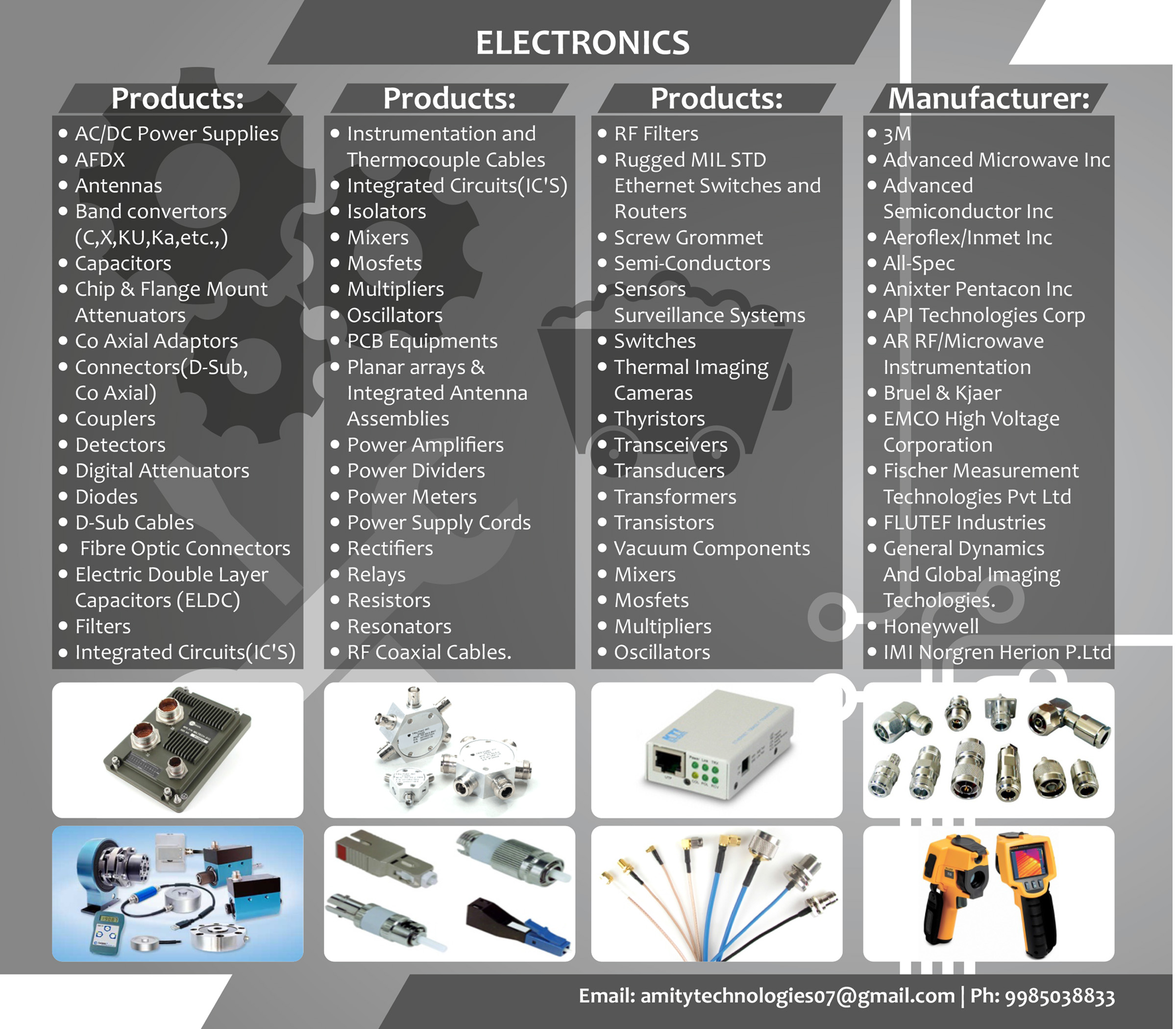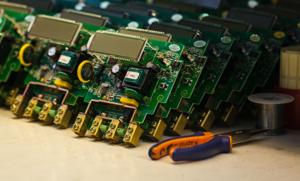
In the evolving landscape of modern warfare and national security, defence electronics plays a pivotal role — powering everything from radar systems and electronic warfare (EW) platforms to secure communication networks and unmanned systems. As nations invest heavily in next-gen capabilities, the Defence Electronics Leaderboard has emerged as a vital index showcasing the companies driving technological supremacy and innovation in this critical sector.
Below, we highlight the top players and breakthrough innovations reshaping the defence electronics industry.
🏆 Top Defence Electronics Leaders (2025 Edition)
1. Raytheon Technologies (USA)
Specialty: Radar systems, EW, precision-guided munitions
Innovation Highlight: Raytheon’s SPY-6 radar system, integrated on U.S. Navy destroyers, brings unmatched sensitivity and range, revolutionizing maritime domain awareness.
2. Thales Group (France)
Specialty: Electronic warfare, avionics, secure communications
Innovation Highlight: Thales’ Scorpion suite integrates digital mission systems and AI-powered threat detection for land and airborne platforms, enhancing battlefield coordination.
3. BAE Systems (UK)
Specialty: Combat electronics, jamming systems, electronic countermeasures
Innovation Highlight: BAE’s AN/ASQ-239 EW system equips the F-35 with 360° threat detection and response, enabling survivability in contested airspace.
4. Northrop Grumman (USA)
Specialty: ISR systems, AESA radars, missile guidance electronics
Innovation Highlight: The company’s Next-Gen Jammer for the U.S. Navy disrupts enemy communications and radar using adaptive, software-defined capabilities.
5. Elbit Systems (Israel)
Specialty: Electro-optics, C4ISR, electronic countermeasures
Innovation Highlight: Elbit’s Skylark UAV integrates compact electronics and real-time imagery transmission — essential for tactical edge operations.
🚀 Key Trends Driving Innovation
🔹 Artificial Intelligence & Autonomy
AI is becoming central to threat recognition, electronic countermeasures, and autonomous drone decision-making — drastically improving response speed and mission accuracy.
🔹 Miniaturization & SWaP Optimization
Modern platforms demand Size, Weight, and Power (SWaP)-optimized components. Companies are innovating with compact electronics for UAVs, loitering munitions, and soldier systems.
🔹 Cyber-Electronic Convergence
As cyber threats escalate, leading firms are merging cybersecurity protocols with EW systems, creating multi-domain resilience against electronic and network attacks.
🔹 Quantum & Next-Gen Sensors
From quantum radar to photonic systems, emerging sensor technologies offer stealth detection, secure communication, and resistance to jamming like never before.
🌍 Emerging Players to Watch
- HENSOLDT (Germany): Radar and optical sensor innovator with a focus on AI-based situational awareness.
- Bharat Electronics Limited (India): Expanding global reach with indigenous radar, communication, and avionics systems.
- Saab AB (Sweden): Pushing modular, scalable EW and radar systems for global allied forces.
🛡️ Conclusion: The Battle for Electronic Supremacy
The defence electronics industry is more than just components — it’s about gaining the edge in intelligence, survivability, and real-time decision-making. As geopolitical tensions rise and the battlefield extends into cyber and space domains, the companies leading this leaderboard aren’t just meeting demand — they’re shaping the future of defence.
Whether it’s agile startups or defence giants, those mastering advanced electronics, AI, and multi-domain integration will define the next era of warfare.


